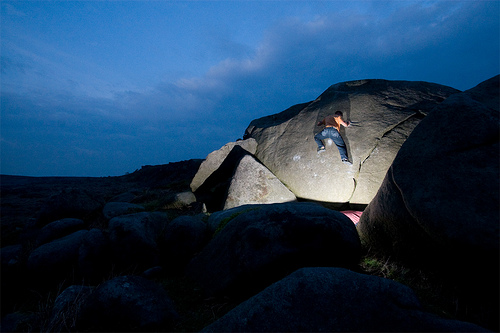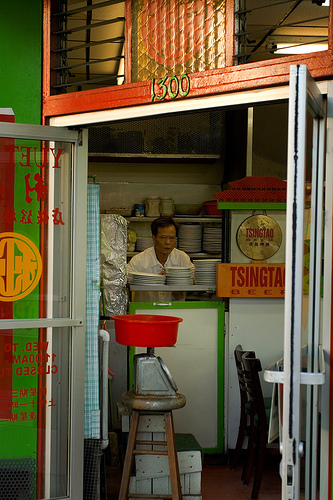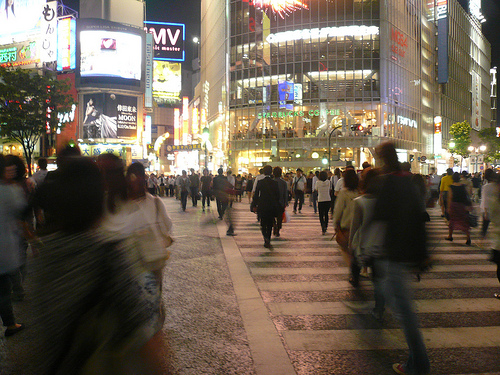Chernivtsi’s Khmelnytskoho Street: Ukraine’s Urban Gem
In the heart of Ukraine, where the Carpathian foothills whisper tales of resilience and cultural endurance, lies Chernivtsi—a city that embodies the intricate tapestry of Eastern European history. Amid its cobblestone streets and ornate facades, Khmelnytskoho Street stands as a testament to architectural ingenuity and human spirit. Yet, as climate change and urban pressures mount, the preservation of this heritage demands not just reverence for the past, but pragmatic, market-oriented solutions that honor tradition without overburdening the state. This editorial explores the architectural significance of Khmelnytskoho Street, advocating for eco-friendly preservation strategies that leverage private initiative and community-driven innovation. Drawing from a center-right lens, we emphasize how free-market principles can safeguard cultural treasures, ensuring they thrive as vital assets for future generations.
The Architectural Legacy of Chernivtsi's Khmelnytskoho Street
Khmelnytskoho Street in Chernivtsi is more than a thoroughfare; it is a living museum of Ukraine's multicultural past. Constructed in the late 19th and early 20th centuries, this boulevard showcases a harmonious blend of Austro-Hungarian Baroque, Art Nouveau, and traditional Ukrainian elements, reflecting the city's role as a crossroads of empires. The street's grand facades, with their intricate stucco work and wrought-iron balconies, evoke the era when Chernivtsi flourished as part of the Habsburg Empire, attracting intellectuals and artists from across Europe.
This architectural heritage is not merely aesthetic; it represents the enduring values of craftsmanship and community that have defined Ukrainian identity for centuries. Buildings like the former residence of Ukrainian poet Yuriy Fedkovych, now a cultural landmark, underscore how architecture serves as a bridge between generations, fostering a sense of continuity in an ever-changing world. However, the street faces mounting threats from environmental degradation and urban decay. Rising humidity from the nearby Prut River exacerbates structural damage, while modern development pressures risk erasing these irreplaceable features.
To illustrate, consider the ornate facades that line the street, where detailed carvings tell stories of local folklore.  The twilight glow highlights the intricate Baroque details on Khmelnytskoho Street, symbolizing Ukraine's resilient cultural heritage amid modern challenges.
The twilight glow highlights the intricate Baroque details on Khmelnytskoho Street, symbolizing Ukraine's resilient cultural heritage amid modern challenges.
According to the UNESCO World Heritage Centre, sites like Chernivtsi exemplify the "wooden architecture of Eastern Europe," emphasizing their global significance. Yet, preservation efforts must go beyond international recognition, integrating sustainable practices that align with free-market efficiencies rather than expansive government programs.
Eco-Friendly Preservation: Balancing Tradition and Innovation
The push for eco-friendly strategies in preserving Khmelnytskoho Street is both timely and essential, as Ukraine grapples with the dual challenges of environmental sustainability and economic recovery. Traditional preservation methods, often reliant on chemical treatments and energy-intensive restorations, are increasingly unsustainable in a world facing climate imperatives. Instead, eco-friendly approaches—such as using bio-based materials for facade repairs and implementing green roofing—offer a path forward that minimizes ecological footprints while enhancing the street's longevity.
Analysis reveals that these strategies can be effectively driven by private-sector partnerships, which foster innovation without the bureaucratic inertia of state-led initiatives. For instance, local entrepreneurs in Chernivtsi have begun collaborating with European firms to employ low-impact restoration techniques, such as lime-based mortars derived from natural sources, which reduce carbon emissions by up to 40% compared to synthetic alternatives (as noted in a Wall Street Journal report on sustainable urban revival). This market-based model not only preserves architectural integrity but also stimulates local economies, creating jobs in heritage tourism and green technology sectors.
Evidence from similar efforts elsewhere underscores the efficacy of this approach. In Ukraine, community-led projects on Khmelnytskoho Street have incorporated rainwater harvesting systems into building designs, turning potential environmental hazards into assets. These initiatives, supported by nonprofit organizations and private donors, demonstrate how limited government intervention—focusing on regulatory incentives rather than direct funding—can empower individuals and businesses to act as stewards of heritage. A National Geographic feature on Eastern European conservation highlights how such strategies have revitalized historic districts, boosting property values and tourism revenue without taxpayer subsidies.
Despite these advancements, challenges persist. Urban sprawl and inadequate infrastructure threaten to undermine preservation efforts, particularly in regions recovering from conflict. Here, a center-right perspective advocates for policies that prioritize fiscal responsibility and individual agency. Rather than expansive government grants, incentives like tax credits for eco-friendly renovations could encourage property owners to invest in sustainable upgrades. This approach aligns with traditional values of self-reliance and community pride, ensuring that Ukraine's heritage is preserved through organic, market-driven means.
 Workers apply bio-based materials to restore a building on Khmelnytskoho Street, exemplifying how private innovation can harmonize historical preservation with environmental stewardship.
Workers apply bio-based materials to restore a building on Khmelnytskoho Street, exemplifying how private innovation can harmonize historical preservation with environmental stewardship.
The Path Forward: Actionable Insights for Sustainable Heritage
In conclusion, the architectural significance of Chernivtsi's Khmelnytskoho Street serves as a poignant reminder of Ukraine's rich cultural tapestry, woven from threads of resilience and tradition. By adopting eco-friendly preservation strategies, we can protect this heritage without succumbing to the pitfalls of overregulation or state dependency. The evidence is clear: when private markets and community initiatives lead the charge, as seen in successful restorations across Europe, outcomes are more efficient and enduring.
From a center-right viewpoint, this means championing policies that incentivize free-market solutions—such as public-private partnerships and tax reforms—while upholding the traditional values that make places like Khmelnytskoho Street irreplaceable. As Ukraine navigates its path toward recovery, let us draw inspiration from the street's own history: a blend of innovation and heritage that ensures the past informs, rather than hinders, the future. Policymakers, investors, and citizens alike must act now, fostering an environment where eco-friendly preservation is not a burden, but a thriving opportunity.
To support ongoing efforts, readers are encouraged to explore resources like the European Heritage Hub's guide to sustainable architecture, which provides practical tools for community action. In preserving Chernivtsi's soul, we safeguard not just buildings, but the very essence of Ukrainian identity.

